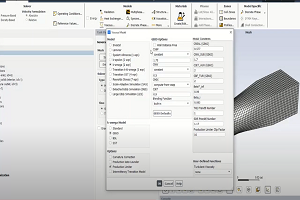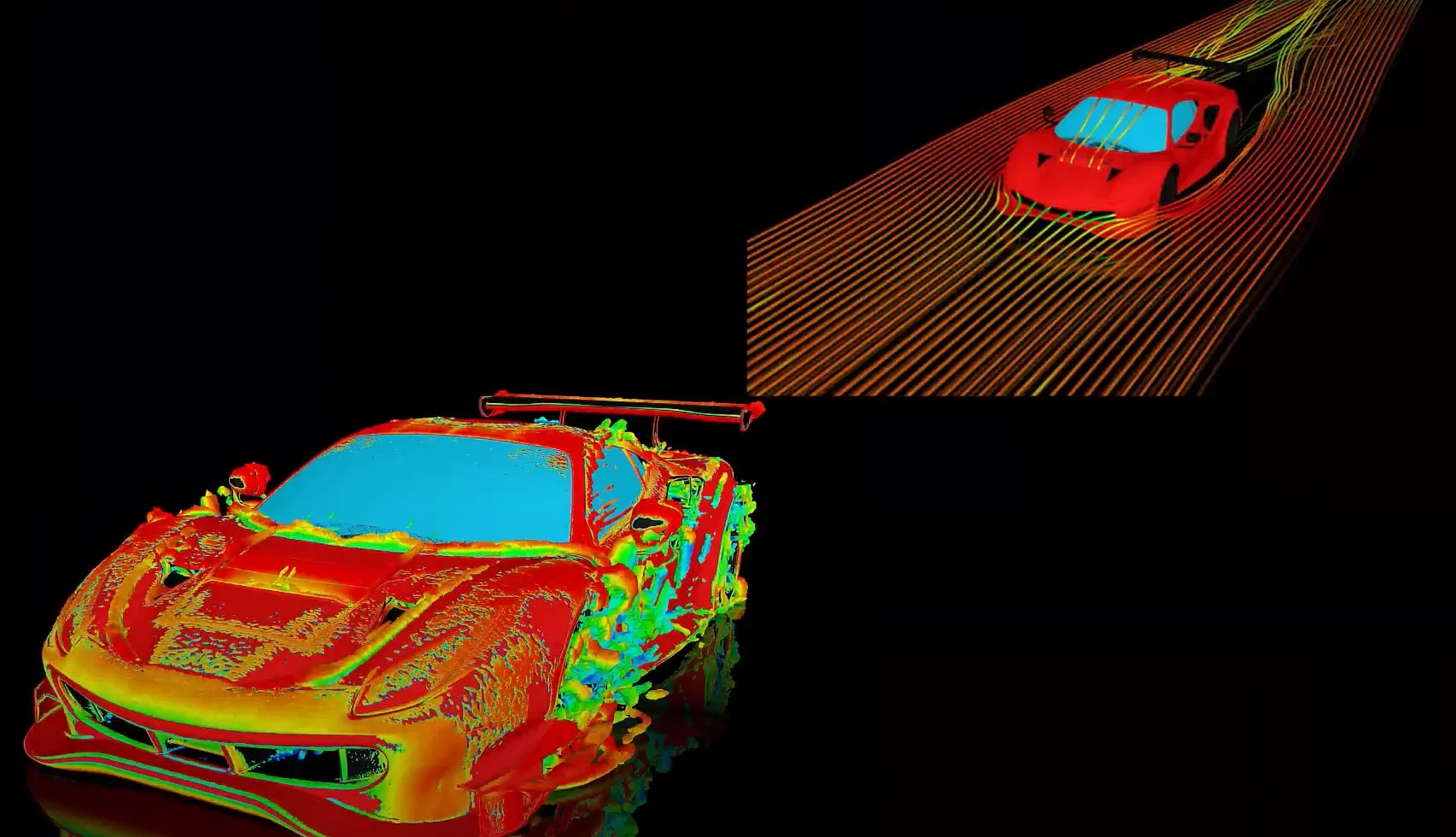Tagged: 19.2, mechanical, static, structural-and-thermal, structural-mechanics
-
-
April 5, 2023 at 2:32 pm
 FAQParticipant
FAQParticipant1. If there is a temperature/convection boundary condition on the surface in your model, you can probe the “Reaction: at the corresponding boundary condition to get the heat rate through the particular surface. 2. If there isn’t any boundary condition, the following APDL commands need to be copied into a command snippet inserted in the “Solution” branch. Here, “my_sele1” is a named selection of a surface through which total heat rate is to be computed. Commands: resume /post1 set,last cmsel,s,my_sele1 !select nodes on surface on which the heat flux valus are to e integrated to find the total heat rate esln !select the corresponding elements forming the surface fsum !sums the nodal force and moment contributions of elements *get,my_heat_tot,fsum,0,item,heat !retrieves the total heat flow allsel,all !select everything again
-


Introducing Ansys Electronics Desktop on Ansys Cloud
The Watch & Learn video article provides an overview of cloud computing from Electronics Desktop and details the product licenses and subscriptions to ANSYS Cloud Service that are...

How to Create a Reflector for a Center High-Mounted Stop Lamp (CHMSL)
This video article demonstrates how to create a reflector for a center high-mounted stop lamp. Optical Part design in Ansys SPEOS enables the design and validation of multiple...

Introducing the GEKO Turbulence Model in Ansys Fluent
The GEKO (GEneralized K-Omega) turbulence model offers a flexible, robust, general-purpose approach to RANS turbulence modeling. Introducing 2 videos: Part 1 provides background information on the model and a...

Postprocessing on Ansys EnSight
This video demonstrates exporting data from Fluent in EnSight Case Gold format, and it reviews the basic postprocessing capabilities of EnSight.

- How to reduce contact penetration?
- How to decide which side should be Contact and which should be target in Contact definition?
- What is the difference between secant and instantaneous coefficients of thermal expansion (CTE)?
- Does ECAD trace mapping support more than one type of trace material (usually copper) in the same layer?
- How to use the Newton-Raphson residuals option under Solution Information?
- How to plot stresses of a beam connection in Workbench?
- How can I understand Beam Probe results?
- How to find total heat flowing through a surface in Mechanical?
- Difference Between Environment Temperature and Reference Temperature in Mechanical
- How can I apply a controlled rotation in ANSYS Mechanical

© 2025 Copyright ANSYS, Inc. All rights reserved.

